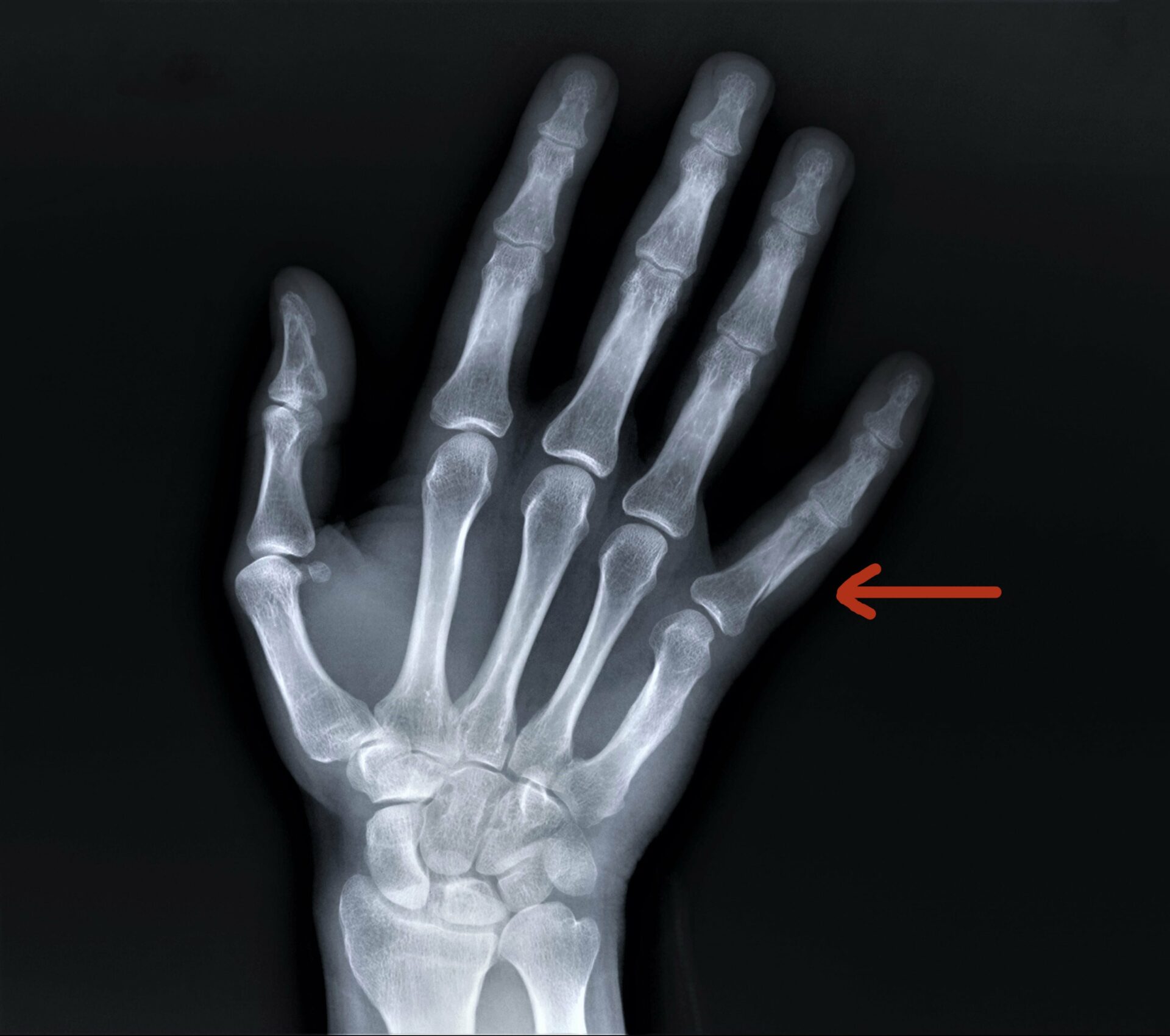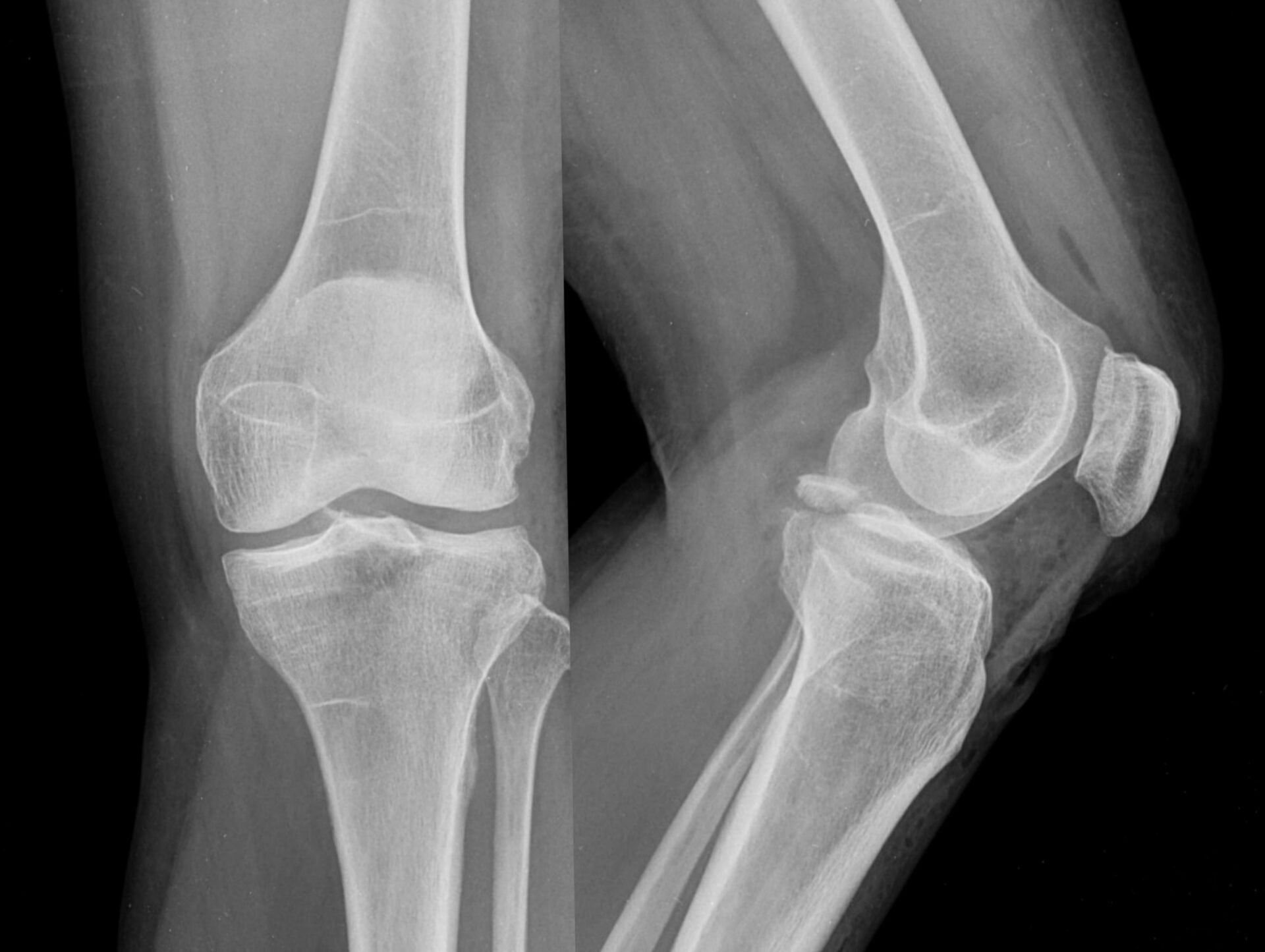A typical injury the majority of people suffer from is a hand fracture, but not many know how in-depth a fracture is. At first thought, you might think there is only one type of hand fracture, but in reality, there are three types of fractures.
Today, we will discuss the three fractures you may encounter and the treatment options that will be available for you.
Proximal Fracture
The most common hand fracture you could suffer from is a proximal fracture. This fracture can occur when one of the bones in your finger is fractured or broken, and it can cause major discomfort. Typically, this usually occurs from a twisting injury, a fall, a crush injury, or direct contact in sports. It can occur in the small bones of the fingers (phalanges) or the long bones (metacarpals).
If you have suffered a fracture in that area, it is common you will see bruising and swelling. However, If you’re not in pain then the likelihood is it’s not serious, so to treat the affected area you can use painkillers and ice to help remove the swelling. Wrap the ice in a towel and apply it three to four times per day.
Alternatively, if you’re in excruciating pain then surgery might be the best option for you so the bones can stabilise and realign. Surgery will be performed within 2 weeks of the fracture occurring, to prevent any long-term struggles you might encounter in the future.
Wires, screws, or plates may be inserted into the broken bone during surgery to hold the pieces of the fractured bone in place. After the bone has healed, the wires may need to be removed. Plates and screws are not usually removed unless they cause problems with the tendons.
After surgery, you will have frequent appointments to assess how you’re recovering from the operation. During this process, the doctor will see if you’re making good progress or notice any complications. If the latter has occurred, your doctor will discuss with you the next steps that will be taken to ensure the issue is resolved.
Carpal Fracture
Next on our list is a carpal fracture, which occurs when each individual carpal bone in the wrist is fractured. It’s arguably the most common injury to suffer within the wrist, as the complex bone shape makes a diagnosis difficult to complete. Because of this, carpal injuries can be missed which can cause huge problems for you further down the line. It can result in permanent disability if left untreated, so it’s important you reach out to your doctor if you think you may have a carpal fracture.
You might be thinking, ‘but, how do I know if I have a carpal fracture?’. Well, the key signs to look out for are swelling, bruising and tenderness around the area. You should be able to spot this fairly quickly as the pain and discomfort will be obvious, but don’t overlook it and think it’s nothing to be concerned about. There have been many cases over the years which show complications can appear if the carpal fracture isn’t examined properly.
These complications include constant pain, stiffness or aching, which can be difficult to manage on a long-term basis – especially if you have a hands-on job. However, when you have been examined thoroughly by a doctor there are numerous avenues for you to take that can heal the bone. Firstly, if there is no obvious injury from the x-ray then you will wear a cast to help protect the bone. If the doctor suspects your carpal bone is fractured then they might seek a second opinion from an orthopaedic surgeon.
Minor dislocations can be treated by close reduction which is where a surgeon will reduce the broken bone without cutting into the skin. This allows the carpal bone to be put back into place and allows it to be aligned better. Alternatively, if the fracture is worse than first thought then you will need open reduction surgery, which is where the surgeon will make an incision over the fractured area and realign it to its correct position.
So, to avoid the hassle of dealing with a carpal fracture, we highly encourage you to avoid high-impact contact as this will save you a lot of stress. If you feel you’re suffering from this, get in touch with us today and we will examine your hand.
Avulsion Fracture
Without question, out of the three hand fractures, there is a good chance you won’t have heard of an avulsion fracture. But don’t panic, that’s why we’re here. An avulsion fracture appears when a small piece of the bone gets pulled away from the main part of the bone. In this situation, the ligament will move in the opposite direction with a broken piece of bone left unattached and loose within the hand.
The main cause of any hand fracture is due to high-impact sports, and an avulsion fracture is no different. Your limbs will be under increased stress from the movements you’re making, such as falling on an outstretched hand, sliding etc which results in an injury in most cases. The immediate symptoms you will begin to experience are muscle pain, swelling and bruising. So when you start seeing these appear, we urge you to seek a doctor so you can be examined.
But don’t panic, there are numerous ways you can be treated for your avulsion fracture. Firstly, you will be given anti-inflammatory medicine and ice in the first instance as this will remove the swelling and pain enormously. In the worst-case scenario, you will have to wear a cast or splint, and have to undergo physical therapy. For the fracture to heal completely, it can take from three to twelve weeks, so throughout the healing process be patient – you’ll be back to normal before you know it.
If you’ve found our latest article an interesting read, or you would like to find out more about hand fracture treatment, get in touch with us today!




